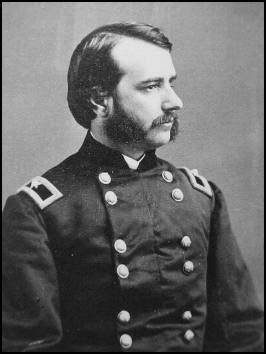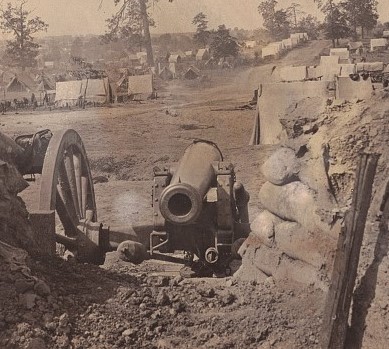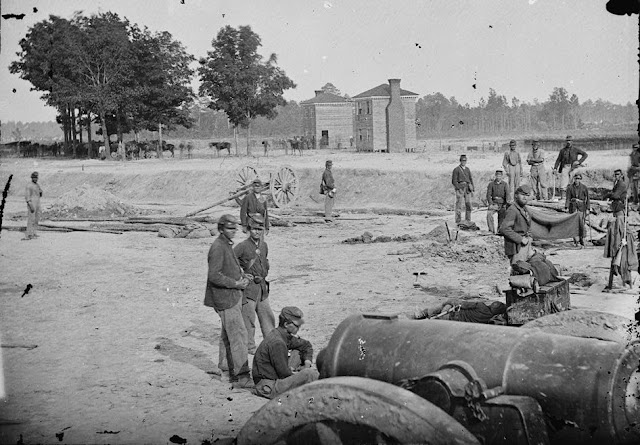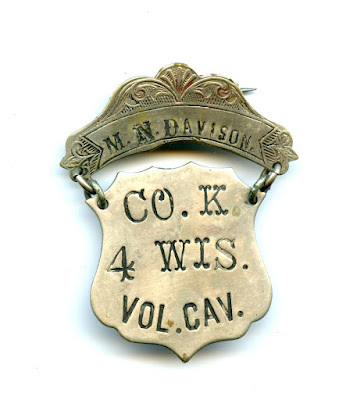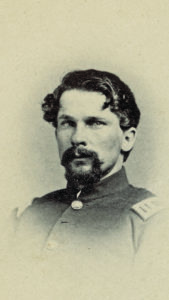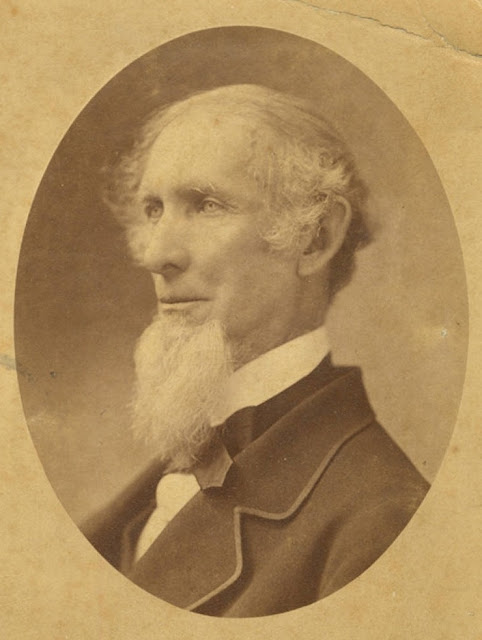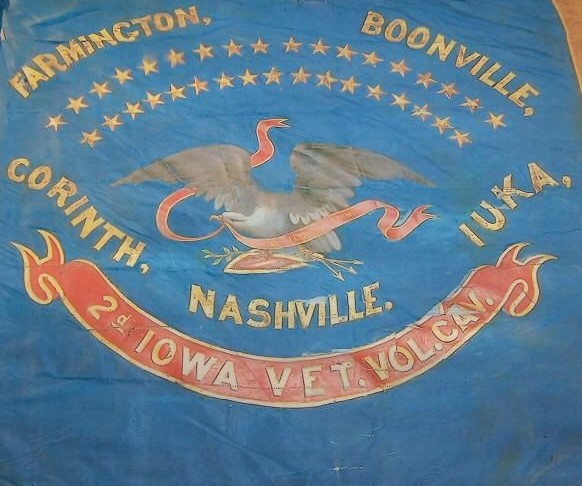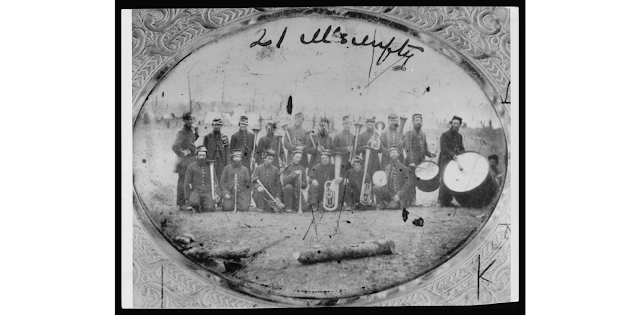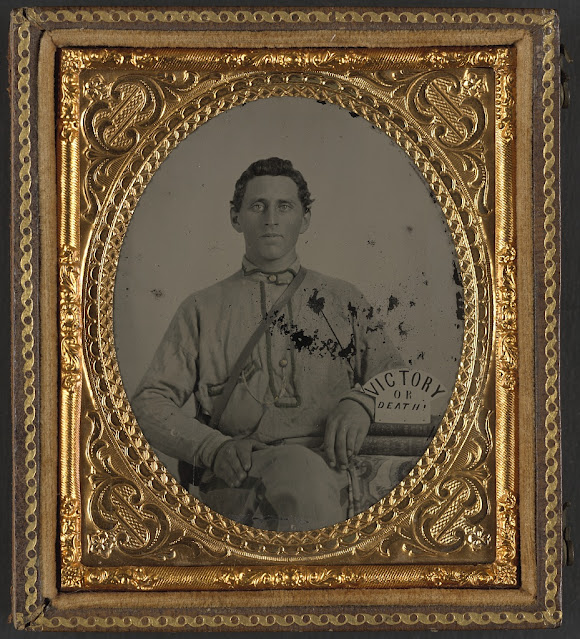Stout Enough Hearts for the Fray: A Buckeye Describes Chickamauga
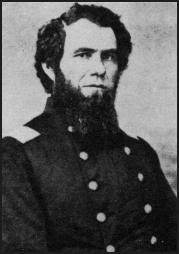
In the aftermath of the Battle of Chickamauga, Private Augustus C. May of the 14th Ohio wrote this chatty letter back to the editor of the Toledo Daily Commercial . It gives one a good sense of the confidence (one could say over confidence) that the soldiers of the Army of the Cumberland had in the leadership of General Rosecrans, even after the defeat at Chickamauga. But what he was most proud of was his claim that the Buckeyes had thrashed Longstreet's vaunted corps, "which claimed that they were never whipped until they came down they came down here and run against some of the Western stand-stills." A bit of puffery, a bit of history, and a whole lot of attitude sums up this missive from September 1863.
